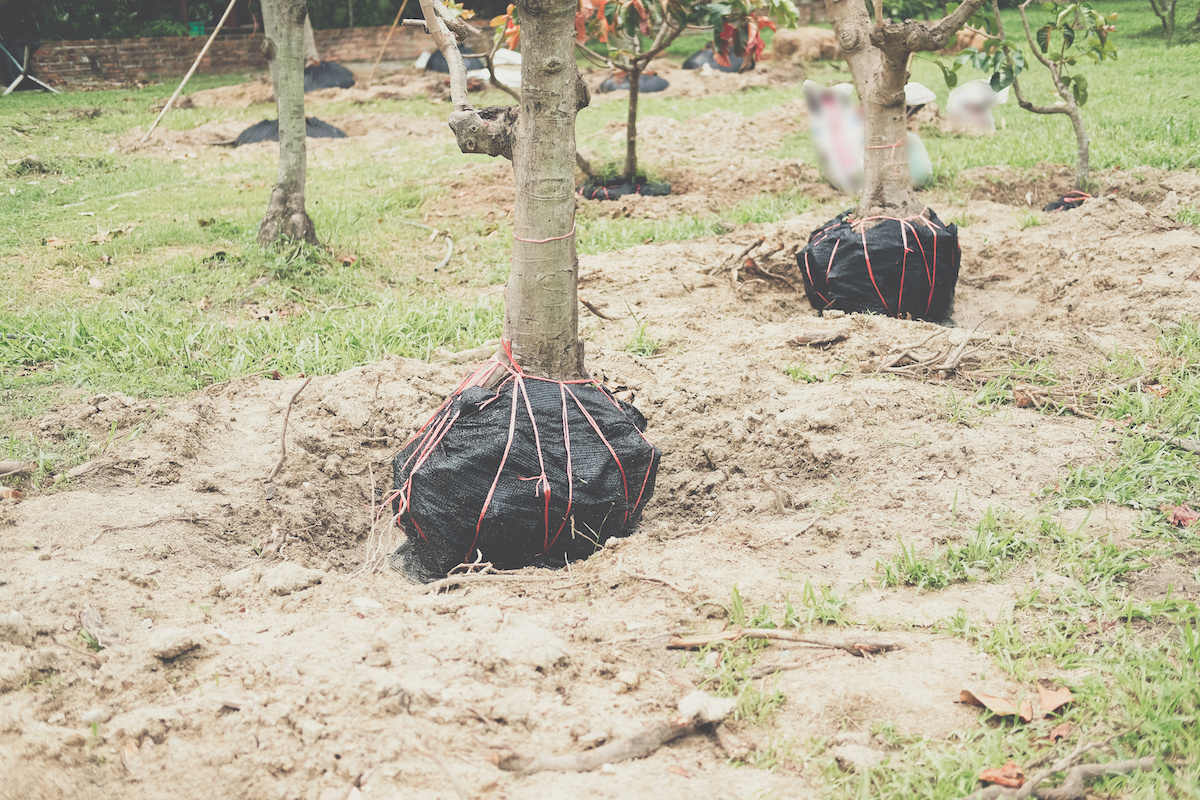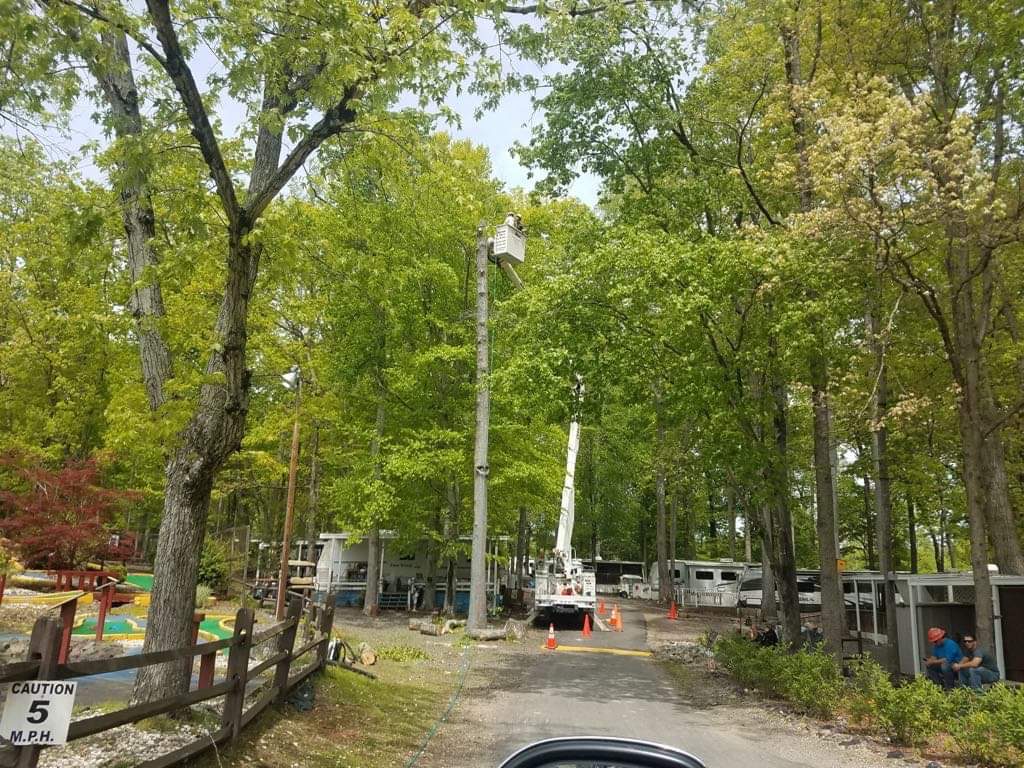Trees are an essential part of our environment. They provide us with clean air, shade, and beauty. However, sometimes trees must be relocated due to construction or landscaping changes. Tree transplanting is a complex process that requires proper techniques and care. Successful relocation requires proper planning, appropriate tools, and expertise.
Timing
Timing is one of the most important factors to consider when transplanting a tree. The transplanting process should happen during the dormant season, usually in the late fall or early spring. This is when the tree has less foliage, less risk of damage, and lower water requirements. During this time, the tree has the best chance of survival.
Root ball
The root ball is the mass of roots that surrounds the tree trunk below the soil. This is the most important part of the tree, and it should not be damaged during the transplanting process. The size of the root ball depends on the size of the tree and its species. It is essential to preserve as much of the root ball as possible when transplanting. Typically, the root ball should be one-third to two-thirds the diameter of the tree canopy.
Pruning
Pruning is vital when transplanting a tree. It helps to reduce the stress on the tree by removing any dead or diseased branches and reducing the tree’s size. Pruning also helps to balance the tree’s root-to-shoot ratio, allowing it to better cope with transplant shock. Pruning should be done a few weeks before transplanting.
Watering
Watering is essential when transplanting a tree. Before transplanting, water the tree and its surrounding soil well to ensure that the soil is moistened. After transplanting, water the tree thoroughly and deeply, then keep it consistently moist for the next few weeks. This helps the tree to recover from the transplant shock and establish its roots in its new location.
Aftercare
Aftercare is crucial after transplanting a tree. Trees should be monitored regularly for the first few weeks after transplanting. Water as needed, and ensure that the tree is staked to prevent it from falling over. Mulching around the tree can also help to retain moisture and regulate soil temperature. Additionally, avoid fertilizing the tree for the first year after transplanting, as this can interfere with its establishment process.
Tree Transplanting Tips
To sum it up, tree transplanting is a delicate process that requires proper planning, techniques, and care. Timing, root ball preservation, pruning, watering, and aftercare are essential for successful relocation. With these techniques in mind, you can transplant a tree and give it a new home. Remember, trees are valuable resources for our environment, and their preservation and relocation should always be done with care.



